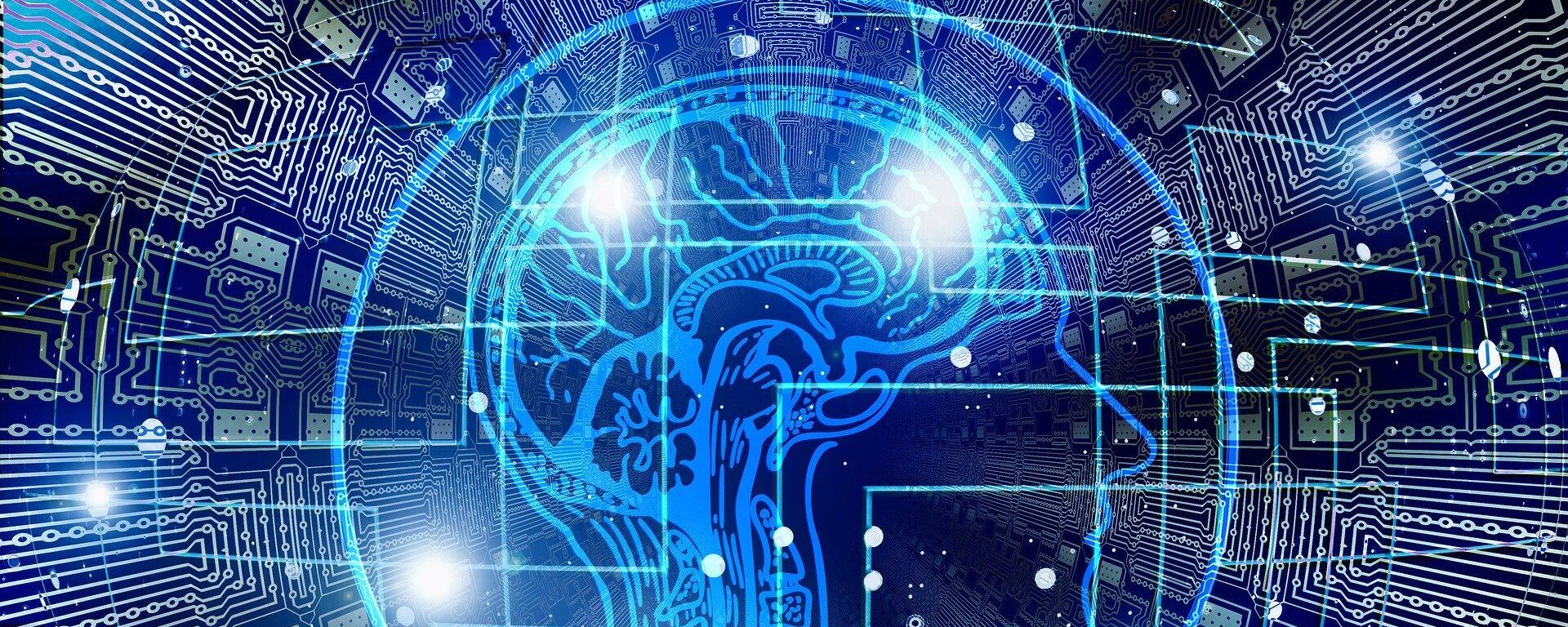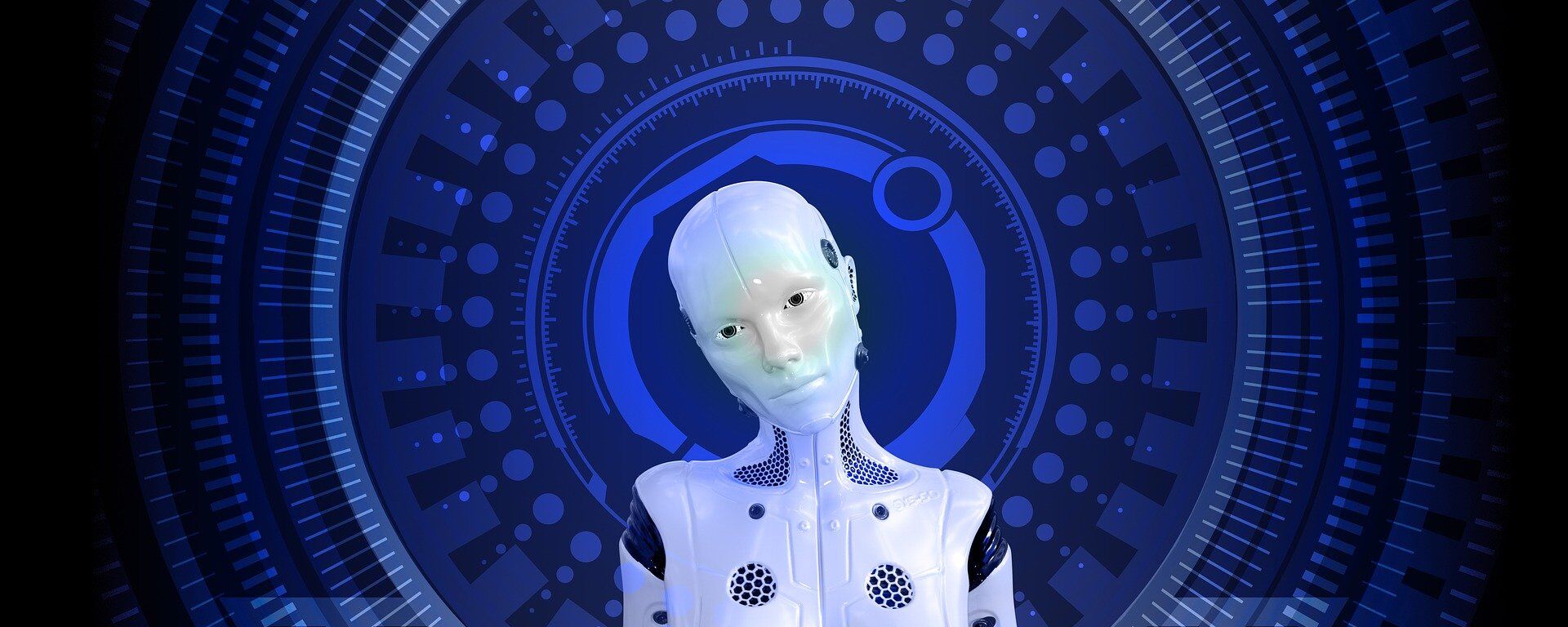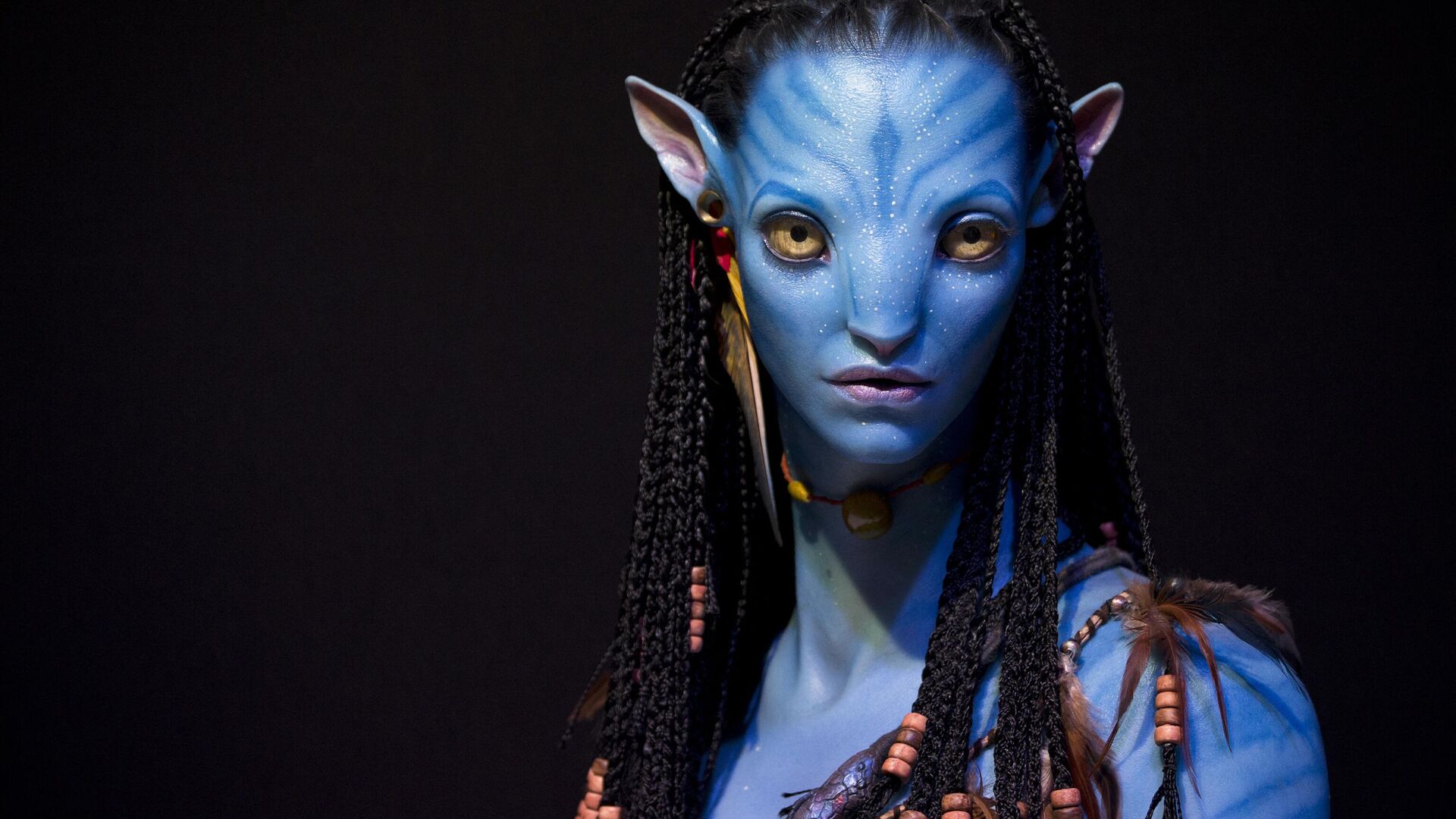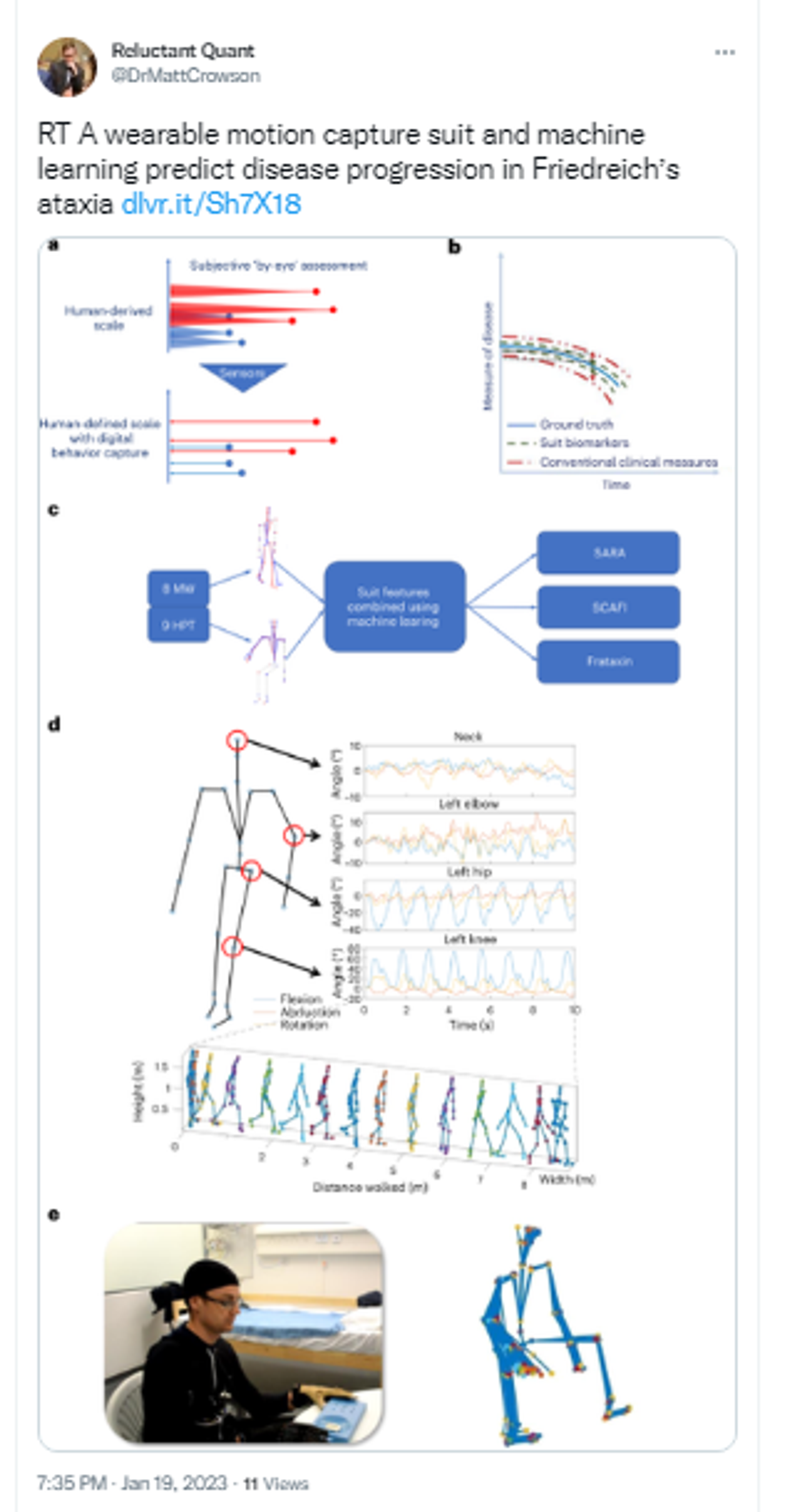https://sputnikglobe.com/20230122/motion-capture-gear-used-to-create-avatars-aliens-a-gamechanger-for-disease-research-study-says-1106569352.html
Motion Capture Gear Used to Create Avatar's Aliens a 'Gamechanger' for Disease Research, Study Says
Motion Capture Gear Used to Create Avatar's Aliens a 'Gamechanger' for Disease Research, Study Says
Sputnik International
Motion capture technology that was used to create Avatar's aliens could be a gamechanger for disease research, a study showed.
2023-01-22T07:41+0000
2023-01-22T07:41+0000
2023-01-22T12:09+0000
science & tech
artificial intelligence (ai)
avatar
disease
mobility
imperial college london
university college london (ucl)
https://cdn1.img.sputnikglobe.com/img/07e7/01/16/1106567867_0:160:3073:1888_1920x0_80_0_0_b056de035a099ad9cbdbbdcec2a18c6f.jpg
The motion capture suits that allowed filmmakers to create fascinating alien characters in blockbusters like Avatar have been hailed by UK scientists as a "gamechanger" for research into diseases which impair movement.As artificial intelligence (AI) captures a person's movement to animate the individual, it offers a physics simulation imitating real-life motion. Accordingly, AI could be used to analyse body movements, suggested a recent study, published in the journal Nature Medicine. Developing the new technology and adapting it to the specific needs took the group of researchers from Imperial College and University College London around 10 years. In two separate studies, the scientists ran trials with the motion sensor suits on patients suffering from Friedreich's ataxia (FA) and Duchenne Muscular Dystrophy (DMD). However, according to the study, the technology could be applied to track patients recovering from other diseases affecting movement as well.The tests showed that the AI system allowed to assess the severity of a patient's condition in half the time that doctors could. This aspect is particularly promising, since the sooner such conditions are assessed - the sooner a patient is provided with much-needed treatment. The researchers also stated that using such a system could slash costs of developing new drugs in clinical trials.One of the scientists who conceived the idea of using motion capture technology for disease research, Prof Aldo Faisal of Imperial College, was cited as saying:Currently, the scientists are awaiting the approval for the use of motion capture for drug trials for FA and DMD.
https://sputnikglobe.com/20220213/selfie-care-new-ai-medical-program-can-spot-genetic-disease-with-a-single-picture-1092977902.html
https://sputnikglobe.com/20230114/intruding-on-real-writing-jobs-internet-fumes-as-media-portal-churns-out-ai-generated-articles-1106311066.html
Sputnik International
feedback@sputniknews.com
+74956456601
MIA „Rossiya Segodnya“
2023
News
en_EN
Sputnik International
feedback@sputniknews.com
+74956456601
MIA „Rossiya Segodnya“
Sputnik International
feedback@sputniknews.com
+74956456601
MIA „Rossiya Segodnya“
motion capture technology, motion capture suits, used to create avatar's aliens, gamechanger for disease research, diseases which impair movement, slash costs of developing new drugs, impact on diagnosis and developing new drugs, improve diagnosis and monitoring for patients
motion capture technology, motion capture suits, used to create avatar's aliens, gamechanger for disease research, diseases which impair movement, slash costs of developing new drugs, impact on diagnosis and developing new drugs, improve diagnosis and monitoring for patients
Motion Capture Gear Used to Create Avatar's Aliens a 'Gamechanger' for Disease Research, Study Says
07:41 GMT 22.01.2023 (Updated: 12:09 GMT 22.01.2023) Motion capture suits - a device that digitally records the body movements of the wearer - were vital for the filming of top-grossing movie Avatar. According to some reports, no more than 25 percent of the film relied on traditional live action sets, with the rest utilizing motion capture technology.
The motion capture suits that allowed filmmakers to create fascinating alien characters in blockbusters like
Avatar have been hailed by UK scientists as a "gamechanger" for research into diseases which impair movement.
As
artificial intelligence (AI) captures a person's movement to animate the individual, it offers a physics simulation imitating real-life motion. Accordingly, AI could be used to analyse body movements, suggested a recent study,
published in the journal Nature Medicine.
Developing the new technology and adapting it to the specific needs took the group of researchers from Imperial College and University College London around 10 years. In two separate studies, the scientists ran trials with the motion sensor suits on patients suffering from Friedreich's ataxia (FA) and Duchenne Muscular Dystrophy (DMD). However, according to the study, the technology could be applied to track patients recovering from other diseases affecting movement as well.

13 February 2022, 03:45 GMT
The tests showed that the AI system allowed to assess the severity of a patient's condition in half the time that doctors could. This aspect is particularly promising, since the sooner such conditions are assessed - the sooner a patient is provided with much-needed treatment. The researchers also stated that using such a system could slash costs of developing new drugs in clinical trials.
"The impact on diagnosis and developing new drugs for a wide range of diseases could be absolutely massive," Dr Valeria Ricotti, one of the researchers, stated.
One of the scientists who conceived the idea of using motion capture technology for disease research, Prof Aldo Faisal of Imperial College, was cited as saying:
"Our new approach detects subtle movements that humans can't pick up on. It has the capability to transform clinical trials as well as improve diagnosis and monitoring for patients."
Currently, the scientists are awaiting the approval for the use of motion capture for drug trials for FA and DMD.

14 January 2023, 09:54 GMT




